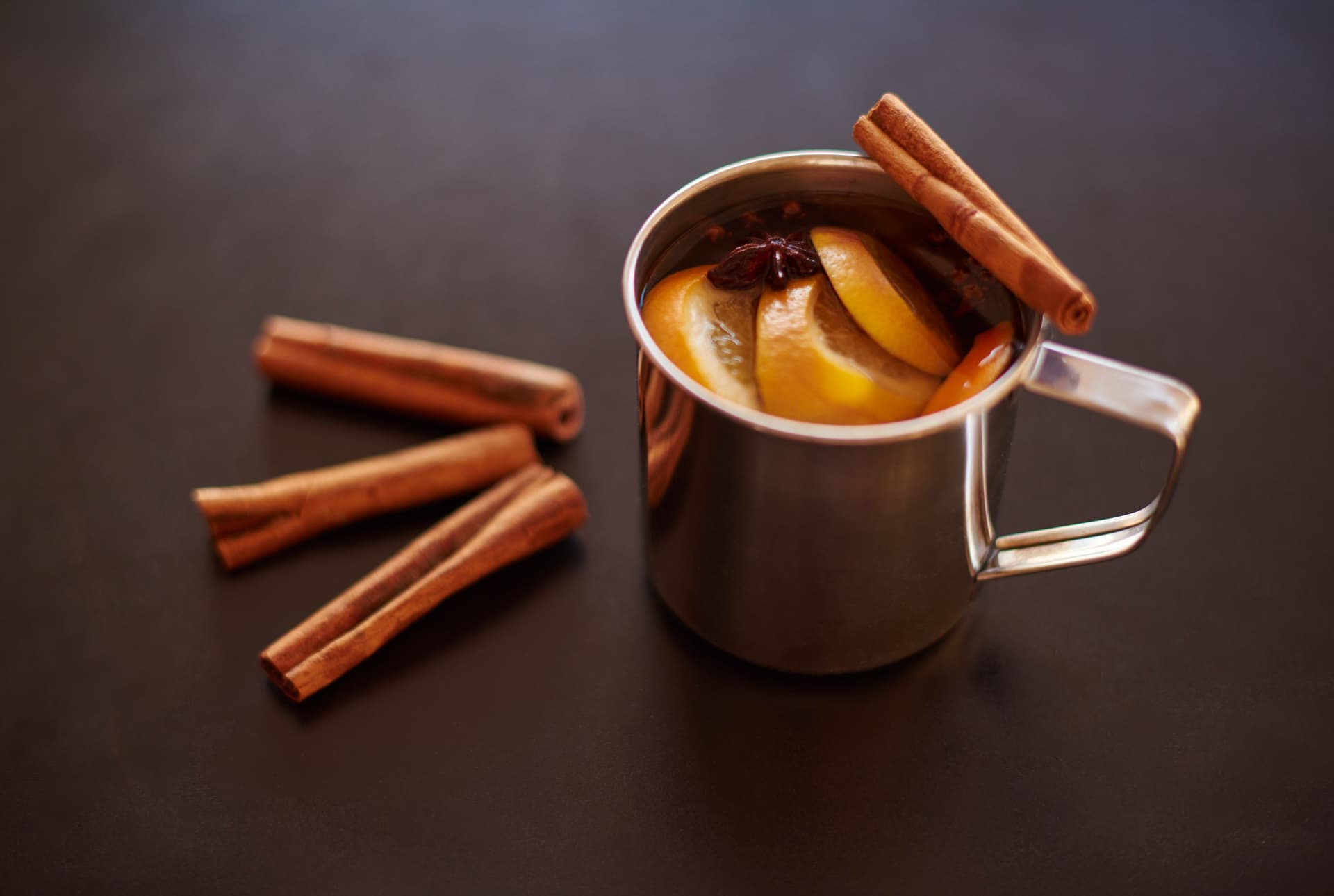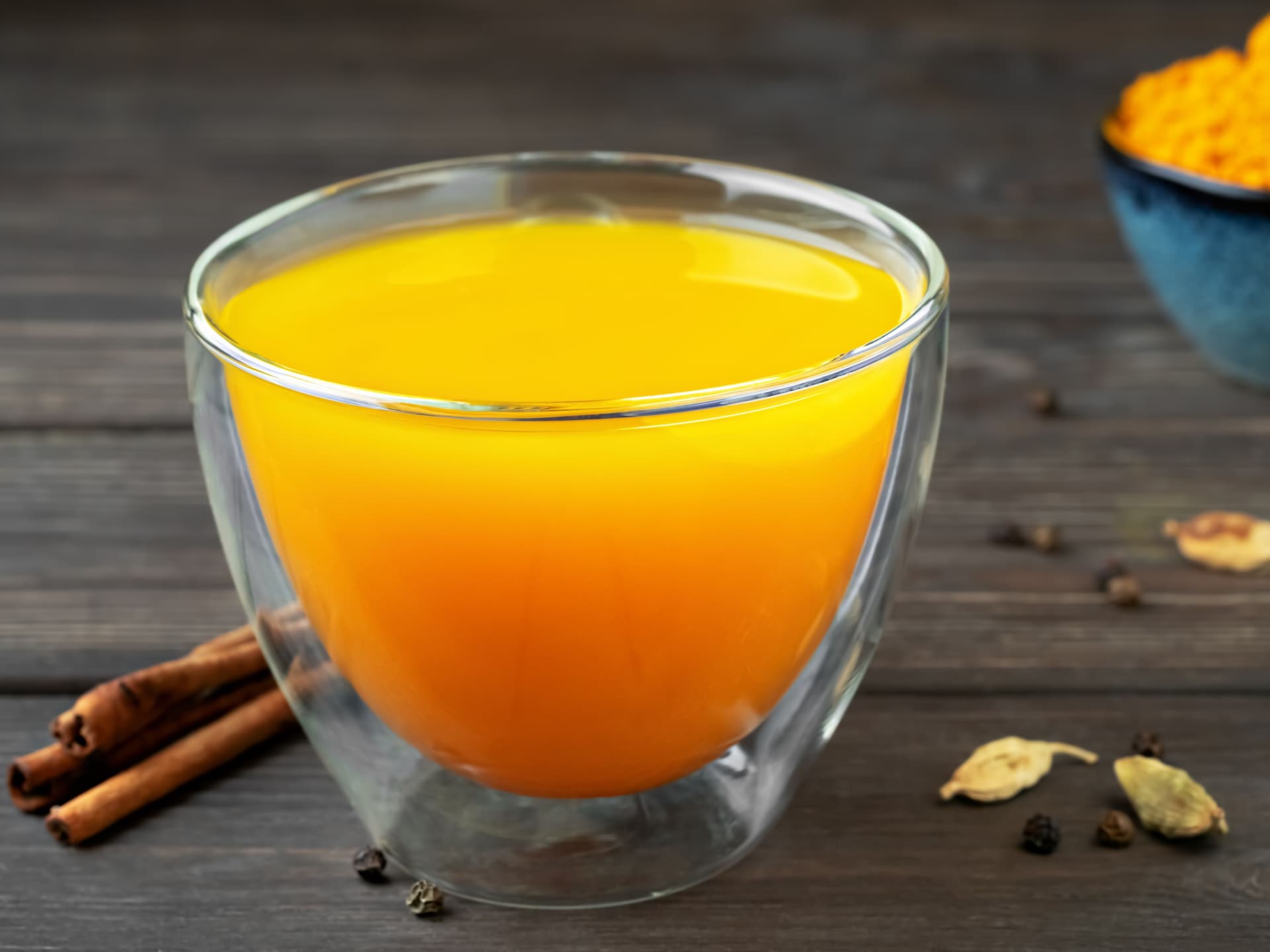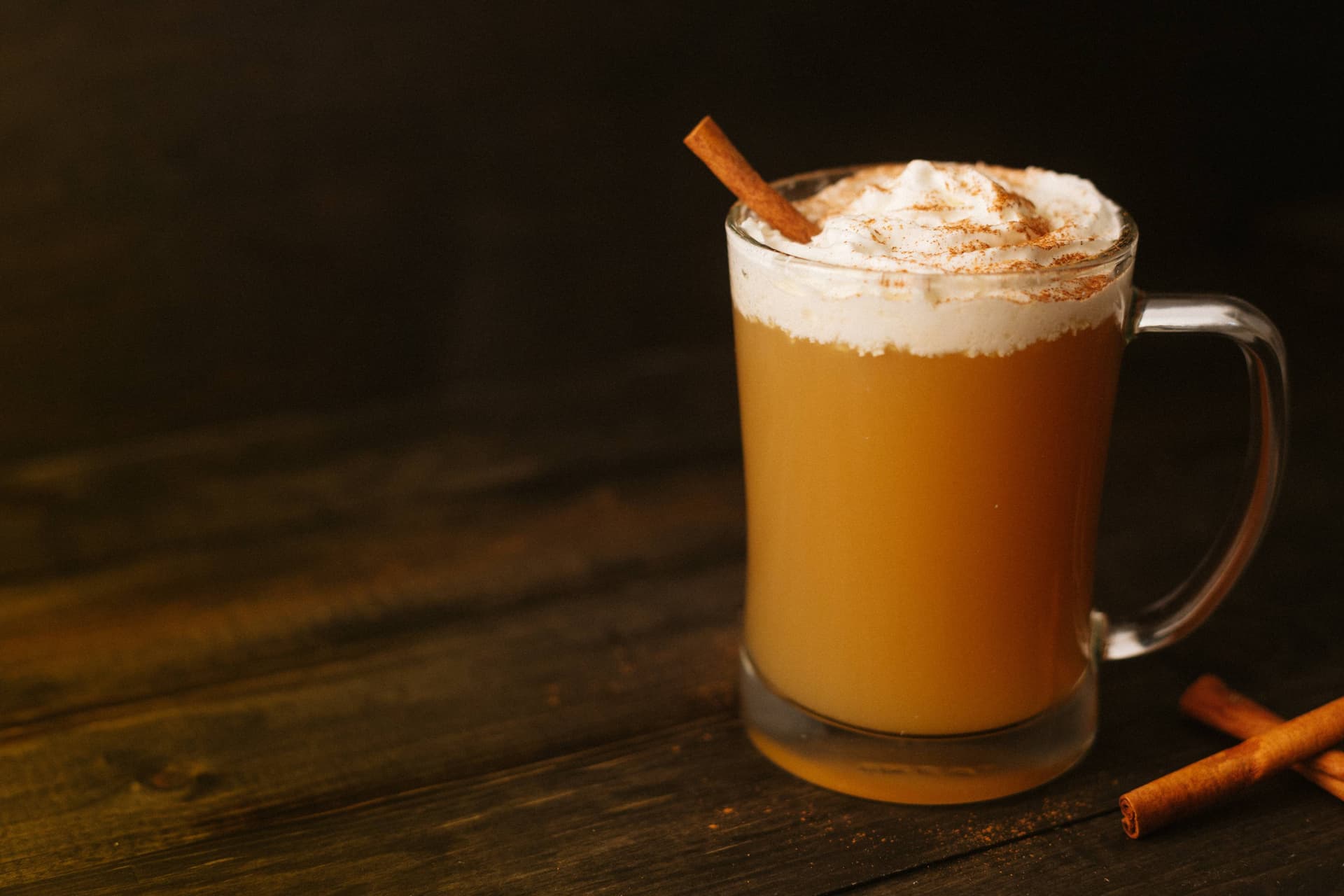Hot Toddy And Beyond — A Complete Winter Drink Guide
Hot cocktails are beverages served warm, typically combining spirits with water, tea, or other heated mixers to create a seasonal drink. These drinks have long been associated with chilled months, offering a straightforward yet sophisticated way to serve spirits while maintaining elegance. Among hot cocktails, the hot toddy stands as a quintessential classic, originating in the late 18th and early 19th centuries. It is traditionally credited to British and Irish traditions, where it was consumed as a popular drink during winter.
Over time, it became a staple in pubs, households, and festive gatherings, appreciated not only for its unique properties but also for its versatility in preparation. The basic form — a spirit combined with hot water and sweetened elements — has inspired numerous variations, including adaptations with tea, cider, or infused spices, allowing bartenders and home enthusiasts to customise it for flavour, aroma, and presentation.
Contemporary mixology has expanded the hot toddy into innovative formats, yet its core concept remains a spirit-forward beverage suitable for indoor and outdoor winter gatherings. Its enduring appeal highlights the cocktail’s place in both historical and modern winter mixology culture.

Know About Mulled Wines
Aside from the hot toddy cocktail, there are mulled wines, which stand as another timeless choice during the winter season. Mulled wine is essentially red wine gently heated and infused with aromatic spices, fruits, and sweetening agents to produce a balanced beverage.
It is served worldwide for its aroma and the way it complements winter gatherings, offering sophistication without being overly robust. What makes mulled wine particularly aesthetic is its adaptability; while the base concept remains the same, the recipe allows for creative regional variations, where local ingredients influence the depth and fragrance of the drink.
The history of mulled wine dates back to ancient Rome, where wine with spices was used to preserve the drink through colder months. As trade routes expanded, the idea spread through Europe, gaining prominence in medieval England and Scandinavia as a popular beverage associated with chilled winters.

Traditional Techniques To Make Hot Toddy And Mulled Wine Variations At Home
Traditional techniques to make hot toddy variations and mulled wine concoctions at home focus on patience, balance, and temperature control. Both require heating rather than boiling, as excessive heat can dull the flavours of the alcohol and spices. A hot toddy cocktail typically begins with warm water infused with aromatics before adding the spirit to maintain its natural character. The process involves gradual stirring to blend sweetness and acidity evenly, creating a soothing and well-rounded drink that stays within the temperature range without becoming overly diluted.
Mulled wine, on the other hand, follows a slow-simmering method. The wine is gently heated with sweetening elements and selected spices to extract flavour without bitterness. Traditional preparation discourages rapid boiling, as it can alter the wine’s structure and introduce harshness. Resting the mixture briefly after heating allows the flavours to integrate fully before serving.
Variations of both drinks often depend on the balance between sweetness, spice intensity, and serving temperature. Proper straining, use of non-reactive cookware, and pre-warmed glassware enhance the final presentation. When prepared with care, these drinks maintain their rich depth, proving that traditional techniques still provide the ideal results for winter gatherings at home.
Also Read: Recreate A Classic Hot Toddy At Home With Simple Steps & Clever Hacks

What Not To Do When Making And Serving Winter Cocktails Like Hot Toddy And Beyond?
- Many overheat their winter cocktails, assuming more temperature equals refined taste, but high temperatures can burn off delicate aromas and alter the balance of the drink. Gentle heating preserves complexity and prevents acidity in both spirit and spice.
- Using boiling water or direct flame to reheat cocktails often causes separation and dulls the layered flavours. Always warm ingredients slowly, ensuring even temperature without excess exposure.
- Ignoring dilution levels leads to inconsistent texture. Overwatering weakens the flavour, while insufficient dilution makes the drink overly pungent. Proper measurement and controlled stirring are essential for smooth balance.
- Adding delicate ingredients too early, such as citrus or garnishes, can cause bitterness or fading colour. These elements should always be added at the end for brightness and visual appeal.
- Serving hot cocktails in chilled or thin glassware risks temperature shock, which can cause cracks or quick fading. Pre-warm mugs or heatproof glasses to maintain serving temperature.
- Over-spicing may seem right, but can overpower the base spirit. Moderation allows each note to complement rather than mask.
- Neglecting presentation diminishes the overall drink. A well-chosen garnish, steady temperature, and proper serving vessel transform winter cocktails into professional-quality serves.
Key Takeaways
- Winter cocktails like the hot toddy highlight the art of balancing aroma and spirit depth through controlled heating and ingredient layering.
- Gentle preparation methods preserve the integrity of alcohol while enhancing texture.
- Seasonal spices and aromatics add structure but require moderation for balance.
FAQs On Hot Toddy And Beyond
Q1. How can you keep hot toddy cocktails' temperature maintained during service?
Pre-warm glassware, use insulated jugs, or serve in small batches to maintain the ideal temperature.
Q2. Are all winter cocktails, including Hot Toddy, spirit-heavy?
No, balance is key; low-alcohol or spirit-free versions can still deliver complexity through spices and warm mixers.
Q3. What defines a well-made winter cocktail?
Consistency in temperature, aroma balance, and the integration of seasonal flavours without overpowering the spirit.
*Drink Responsibly. This communication is for audiences above the age of 25.




